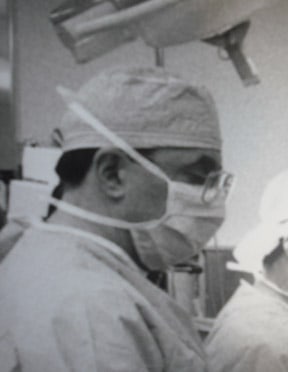Two papers using the same data about the same topic were published in the same surgical journal 1 month apart. They came up with opposite conclusions. The subject was laparoscopic appendectomy, specifically whether the placement of the excised appendix in a retrieval bag before removing it through a small incision results in fewer postoperative infections.
The National Surgical Quality Improvement Program (NSQIP) database for the year 2016 was used in both papers. The numbers of patients included in the studies were 11,475 in what I will call Paper A and 10,357 in Paper B. Paper A found, upon multivariable analysis, that bag use was associated with a 40% decrease in intra-abdominal infection rates. Paper B determined no statistically significant association between bag use and postoperative surgical site infection incidence.
How did both of the studies look at the same data and come up with different results? From a Viewpoint article: “… the studies use different inclusion and exclusion criteria, outcome measures, sample sizes, and covariates. These analytic decisions led to opposite findings.”
The documentation of bag usage in the NSQIP database is derived from operative dictations, which may not always be accurate. For example, the Viewpoint authors reviewed data from their own institution and found when the operative note did not mention the use of a bag, the perioperative nursing log said a bag was used in 10 of 11 cases.
Abscesses most commonly occur in patients whose appendix has perforated before the operation was performed. When I asked a Viewpoint co-author how a bag could prevent abscess formation in such patients, he said, “If you are going to propose that retrieval bags reduce rates of abscess in all types of appendicitis, you have to be able to defend the biologic basis of that hypothesis.” When asked if the Viewpoint called into question the value of most, if not all, database research papers, he said, “In a word, yes…. Many trainees have just enough competence with statistical software to be dangerous.” However, he said many groups are performing valid health services and database research that can be trusted.
My unscientific Twitter poll found 79.8% of 168 respondents always use a retrieval bag when performing a laparoscopic appendectomy. The cost of a single-use laparoscopic retrieval bag ranges from $50 to $60. At least 250,000 appendectomies are done in the US yearly. Using a bag in every case would come to $12.5 million. It would be nice to know if bags really do prevent infections.


 Physician's Weekly Admin
Physician's Weekly Admin